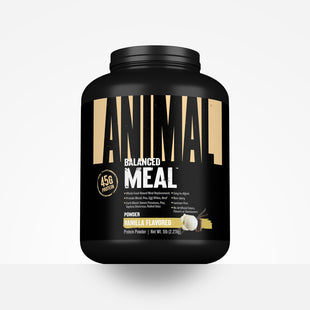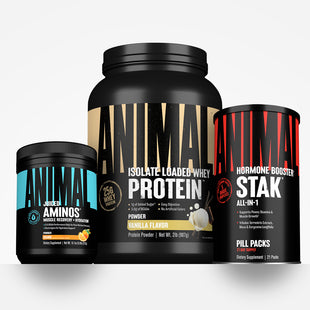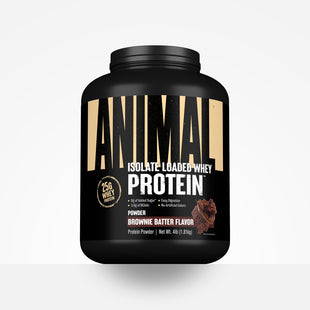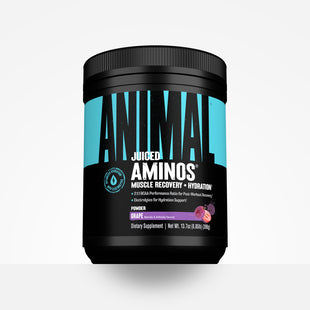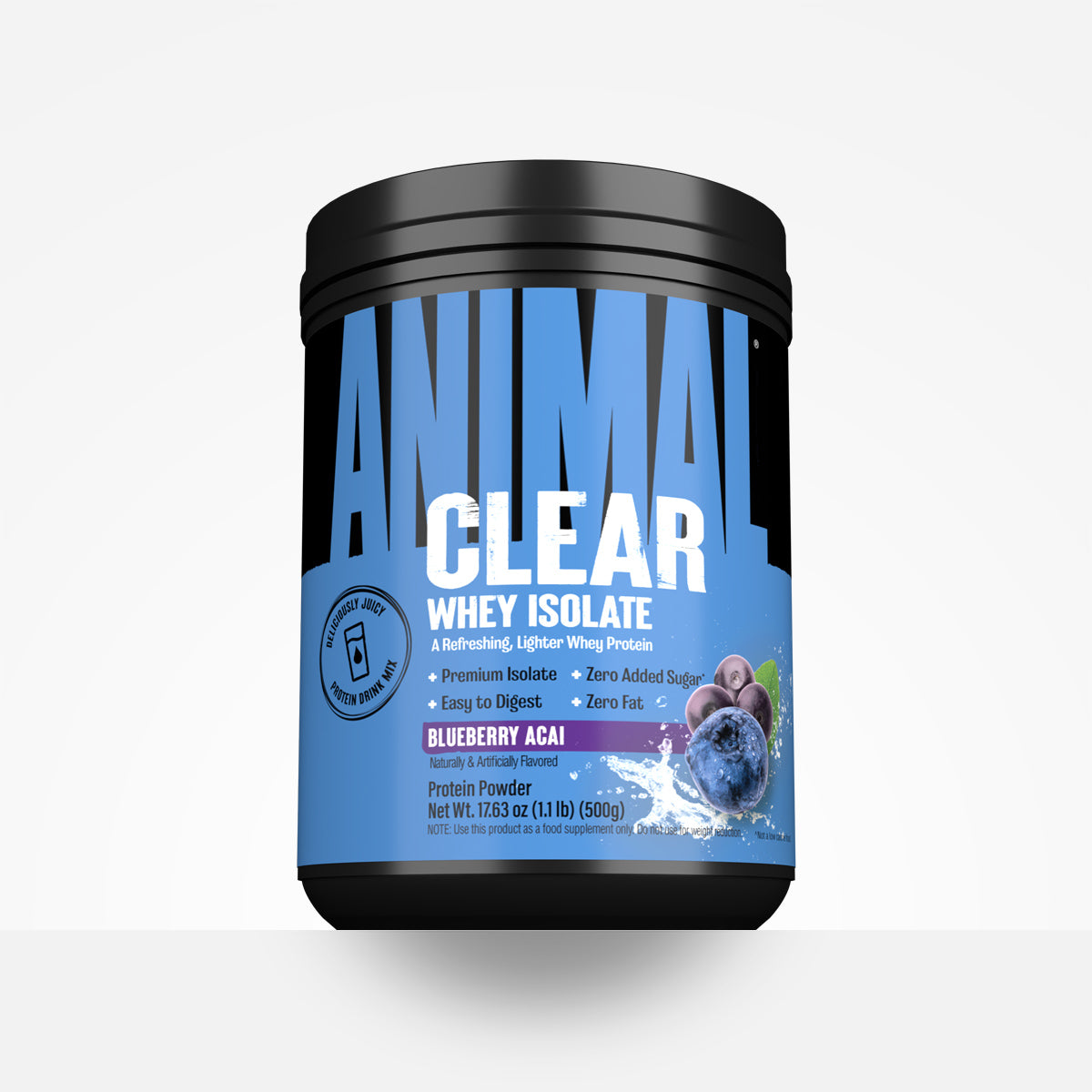Last year I gave 10 tips on nailing some big basics on gaining size for 2021. I looked backed over all my tips to see if my perspective changed and honestly it hasn’t! So, for 2022 I wanted to give 10 more tips to help us all stay on the path to swole. If you didn’t see Part 1 of the article last year, check it out HERE.
1. Nail Your Sleep
One thing I see lacking in so many during off-season or contest prep is proper sleep quantity and quality. Sleep is our number one recovery tool to remove fatigue. With poor sleep, we keep fatigue high and recovery resources are not allocated towards laying down new muscle tissue.
Common Areas to Address:
- Sleep Apnea: common in heavier bodybuilders and increases blood pressure and risk of heart disease.
- Sleep Mechanics: being big, you need the right pillow support for your neck and maybe even a body pillow for your legs and arms to prevent waking with back and/or shoulder pain.
- Sleep Environment: dark, cool, and quiet.
- Ear Plugs: don’t let the loud neighbors or barking dogs wake you up.
- Meal Timing: too much or too little food before bed can have you waking up with reflux or hunger issues.
2. Prioritize Carbohydrate Increase
When moving into a surplus, we have the debate of which macronutrient to increase. I typically have a set range for protein at 1–1.5 g/lb. and fats at 0.2–0.5 g/lb. of body weight. From that point onward, I primarily drive up carbohydrates into the off-season. This might be moving from 250 g up to 600 g of carbohydrates over months of off-season time. The increase is based on progressively increasing body weight at an established goal rate. I prefer to stick only to carbs for resistance training as this is our primary fuel source. Carbs drive up insulin for anabolism and anti-catabolism. Full glycogen levels are great for cell-swelling pumps. Also, a lower fat approach allows faster digestion rates without bogging down appetite.
3. High Energy Flux Massing
You have two options in front of you: sitting around more, being sedentary, and eating less food or staying active and eating more food. Which do you pick? With the calorie surplus being the same, I see the advantage in being active, and in turn, eating more food. For one, keeping active is great for health, and we see more active individuals typically live longer. But also, high energy flux (high activity + high food intake) is better for digestion and appetite signaling. Also, we limit no macronutrients by having such low calories in a mass phase, and we can really prioritize a lot around training without limiting macros around mealtimes. I personally make sure to get 9–10k steps per day, and at this level, it is not fatiguing and limiting training. Don’t go too high in activity as there is a point of diminishing returns when the fatigue it creates impacts recovery, and you can’t keep up with food requirements to stay in a surplus.
4. LV HIIT for Cardiometabolic Gains
I know we don’t really think cardio and muscle gain are in the same arena. But Low Volume High-Intensity Interval Training is one method I have deployed in the off-season to stay productive in growth phases. This is a short duration (less than 15 minutes) of 4 sets of 1 minute 80%–100% max heart rate with active rest periods of 2 minutes. Then have a 5-minute warm-up and cool down. This low volume of only 4 sets and short duration can improve heart function, blood pressure, and blood glucose just like steady-state or high volume HIIT regimens. However, it is a lower energy cost, so it doesn’t detract from the calorie surplus and create lower fatigue thereby taking away from training. I find keeping a level of fitness prevents lagging stamina during hypertrophy training and getting gassed out from 1 set of squats. I personally do this on the spin bike and StairMaster.
5. Deploy Liquid Nutrition
When it comes to getting calories down, we have a great opportunity to shuttle nutrients during training. This allows us to use the training time to get in a good amount of EAAs and carbohydrates to not only help with our training but also increase our net calorie intake for the day. The big thing here is finding a carb powder that sits well on your stomach and does not bloat you during the training session, like Universal Carb Max combined with Animal Juiced Aminos. Then post-workout you can implement Animal Whey for a protein source that won’t leave you unable to nail the rest of your food targets for the day.
6. A Digestive Machinery for Off-season
To grow, you have to be able to keep digestion optimal. The moment digestion slows down, appetite drops, and you are forcing down meals and inflaming the bowel. All this leads to a place of suboptimal gains. One tip is to change to food sources that are digested and assimilated with ease. Switch to meats already mechanically broken down, such as ground chicken and beef. Switch carbs to lower-fiber options, such as cream of rice or rice noodles. Switch fats to lower-fiber options, such as olive oil and macadamia nut oil. Remove gas-forming vegetables, such as broccoli, brussels sprouts, and onions.
7. Prioritize Weak Body Parts
Maybe you need overall size this off-season and program training around those needs. But maybe you have some glaringly weak body parts that need to be addressed and now is the time to do it. Some helpful tips to try:
- Train the weak body part first in the session.
- Pick an exercise you connect with.
- Prioritize it with a higher-training frequency.
- Deprioritize strong body parts to put more training into the weak parts.
- If having untracked off-season meals, plan them around weak body part days.
8. Don’t Fear Free Weights
In general, many bodybuilders move away from free weights to machines for more braced controlled patterns, especially during prep when internal bracing is diminished. Another reason for the switch can be the pain related to a free weight movement. However, just switching to a machine doesn’t necessarily fix the root issue. We do want some exercise that trains our ability to internally brace rather than a machine that creates the bracing for us. That strength in a free weight movement is going to transfer over more to your machine work than machine work is going to transfer over to your free weight work. So, if a free weight exercise suits your development needs, train it first in the session because it requires a high degree of bracing, then move to machine-based work afterward. This might be a dumbbell bench press to start, followed by a machine incline press. A leg session might start with a barbell squat and then move to a leg press.
9. Execution and Effort
Execution and effort both must be in place to maximize hypertrophy. Getting the most internal stimulus possible out of each set you do will come down to staying locked into a strict form and not altering those mechanics as you reach closer and closer to failure. As a beginner, you need to lock this form in and stop the lift at the point before mechanical failure (form breakdown). As you become more advanced, you will be able to be more precise with your form so that mechanical failure point will get moved up and within certain lifts be able to reach absolute failure (the intended muscle fails before your form does). This is part of the progressing stimulus over time. If you aren’t stimulating the muscle you intend, question your execution, video your lifts. Look at the alignment of the muscles’ fibers with the line of force. Are you moving at joints you don’t intend to? Correct your movement. Get more accurate. Less load does not mean less of an effect. Accurate loading is what we want in bodybuilding. I want you to train hard but also accurately.
10. Performance Supplements That Work
We want to nail the big levers for growth of training, nutrition, and recovery. Supplements still can pull out extra gains for hypertrophy outcomes too though. With so many products on the market, let's stick to solid evidence-based ingredients that work. Two major players are creatine monohydrate and L-Citrulline. Both aid in cellular hydration, exercise capacity, and stamina. Animal Pump Pro is our pre-workout of choice with clinically dosed ingredients to deliver results and not underdose on any aspect.
Apply these tips and the ones from last year to keep having productive gains all year long. Happy New Year from all of us at Animal!















